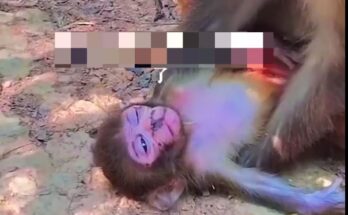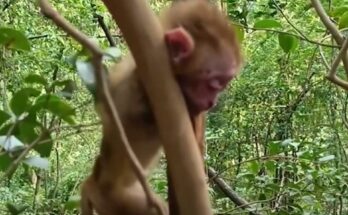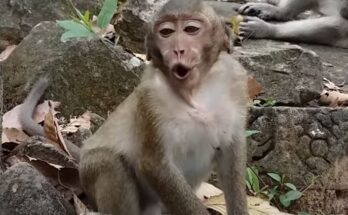In our fast-paced world, wildlife often faces dangers from human activities, one of the most alarming being vehicle collisions. Among the many victims of such accidents are monkeys, whose agility and curiosity often lead them onto roads. When a monkey is struck by a vehicle, timely intervention can mean the difference between life and death.
The first step in helping a monkey recover from a collision is ensuring your safety and theirs. Approach cautiously, as the injured animal may be frightened and defensive. Assess the situation and check for visible injuries like fractures, bleeding, or unconsciousness. If the monkey is seriously injured, it’s crucial to contact a wildlife rescue organization or veterinarian immediately. They are equipped to provide the specialized care needed for wild animals.
While waiting for professional help, you can take preliminary steps to stabilize the monkey. Use a towel or cloth to gently cover them, reducing stress and preventing further injury. Keep them in a quiet, shaded area, ensuring they’re safe from predators and traffic. Avoid giving food or water unless instructed by experts, as it may worsen their condition depending on their injuries.
Once in the hands of professionals, the monkey’s recovery journey begins. This process often involves surgeries, medication, and physiotherapy to heal physical wounds. Emotional recovery is equally important, as the trauma of the accident can leave lasting effects. Rehabilitators work to prepare the monkey for eventual release back into the wild, ensuring they regain strength and confidence.
Every life matters, and saving an injured monkey is a compassionate act that underscores the importance of coexistence. By acting swiftly and responsibly, you can help give these animals a second chance at life while raising awareness about the need to protect wildlife from human activities.
4o


